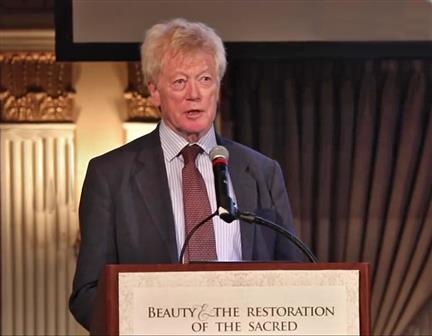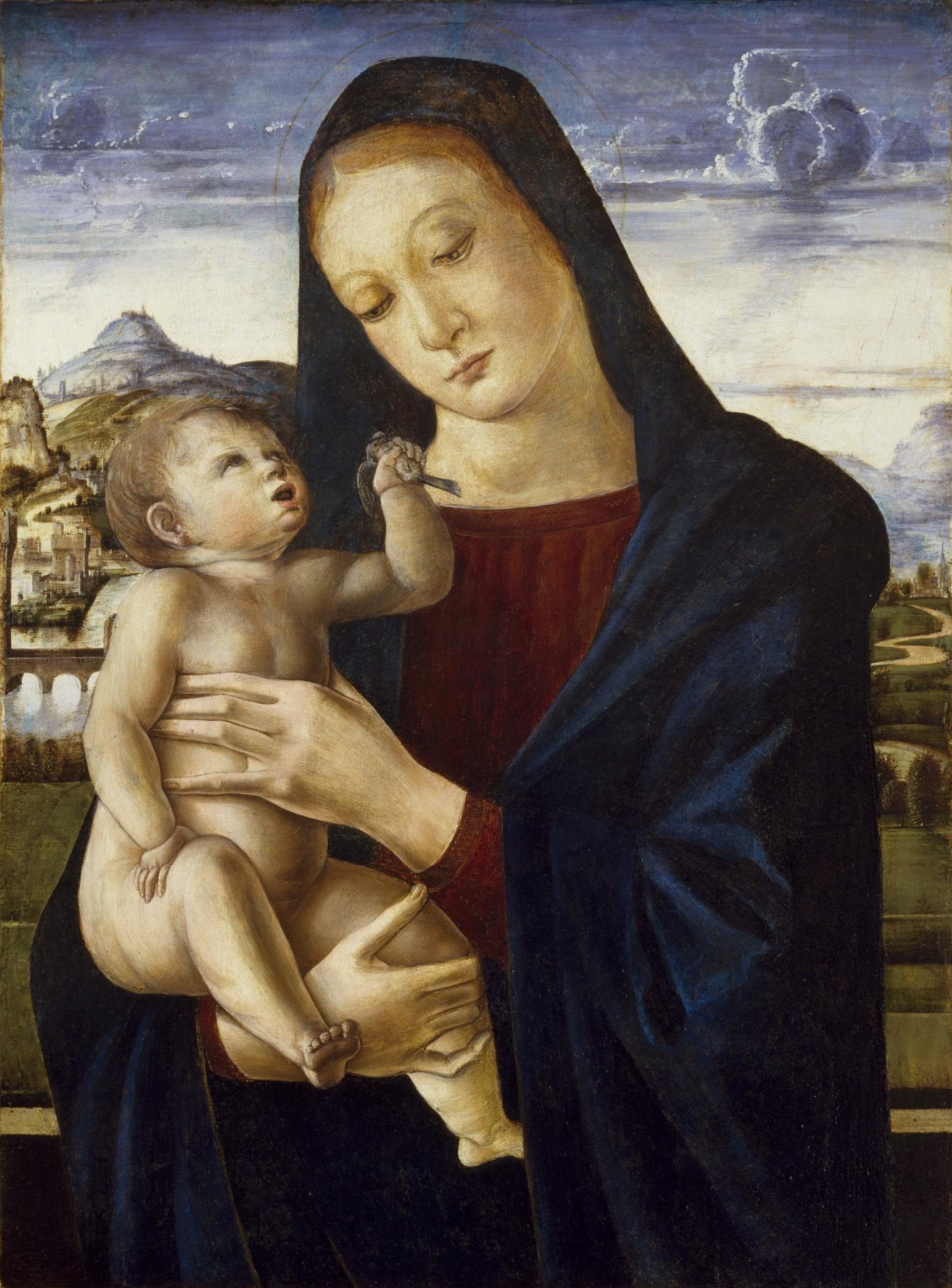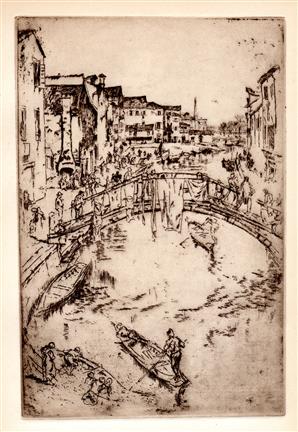Nobody in the Catholic Church is more astute in his assessment of the malign influence of globalists than Archbishop Vigano. A former Papal Nuncio (Ambassador) to the United States, he has also led efforts to identify and remove high-ranking prelates who have committed sexual crimes against children. On July 4, 2024, Vigano was excommunicated for the Canon Law crime of ‘schism’, for criticizing Pope Francis. Here are remarks Archbishop Vigano made on July 2, 2022:
Your Excellency, after the psycho-pandemic, we now have the Russian-Ukrainian crisis. Are we in “phase two” of one single project, or can we now consider the Covid farce to be over and concern ourselves with the increase in energy prices?
If in the last two years we had been faced with a true pandemic, caused by a deadly virus for which no other cures existed except for a vaccine, we would be able to think that the emergency was not intended. But this is not what happened: the SARS-CoV-2 virus is nothing but a seasonal flu that could have been cured with existing treatments and effective prevention based on strengthening immune defenses. The prohibition of treatment, the discrediting of the effectiveness of drugs that have been in use for decades, the decision to hospitalize the elderly who became sick in nursing homes and the imposition of an experimental gene treatment that has been demonstrated not only to be ineffective but also harmful and often fatal – all this confirms for us that the pandemic has been planned and managed with the purpose of creating the greatest damage possible. This is a fact that has been established and confirmed by the official data, despite the systematic falsification of that same data.
Certainly, those who wanted to manage the pandemic in this way are not disposed now to yield easily, also because there are billionaire interests behind all of it. But what “they” want does not always necessarily happen.
In your opinion, Your Excellency, was the pandemic managed in this way due to inexperience? Or was it due to the corruption of those in positions of control who are in a conflict of interest because they are paid off by the pharmaceutical industry?
This is the second element to consider: the response to the pandemic was the same all over the world, where health authorities slavishly adapted to health protocols that were contrary to the scientific literature and medical evidence, instead following the directives of self-proclaimed “experts,” who have a record of sensational failures, apocalyptic predictions completely divorced from reality, and very grave conflicts of interest. We cannot think that millions of doctors all over the world have lost their basic knowledge of the art of medicine, believing that a flu should be allowed to evolve into pneumonia and then be treated with tachypirin or by placing patients on ventilators. If they have done this, it is due to pressure – even to the point of blackmail – by health authorities over medical personnel, with the help of a scandalous campaign of media terrorism and with the support of Western leaders. Most of these leaders are members of a lobby – the World Economic Forum – that trained them and placed them at the highest levels of national and international institutions in order to be certain that those who govern would be obedient. Klaus Schwab has publicly boasted, on many occasions, of being able to interfere even with religious leaders. These too are documented facts in all the nations that followed the directives of the WHO and the pharmaceutical companies. There is clearly a single script under a single direction: this demonstrates the existence of a criminal design and the malice of its creators.
In some of your other statements, you have spoken of a “golpe bianco” (a “silent coup”). A “silent coup” is a coup d’état that takes place without the use of force, carried out by a government that exercises power in an unconstitutional way. In this case the coup was carried out in all the Western nations almost simultaneously, beginning with the first years of the 1990s. For Italy, this coup began with the divestment of investee companies and the privatization of services that normally burdened the treasury, such as health and transportation services, following the directives given by high finance to Mario Draghi on June 2, 1992, on the yacht Britannia. Yes, Mario Draghi, who at the time was General Director of the Ministry of the Treasury and whom then-President of the Italian Republic Francesco Cossiga called a “cowardly businessman.” In other nations this coup took place in an analogous way, with a series of progressive transfers of sovereignty to supra-national entities like the European Commission, the European Central Bank, the International Monetary Fund, and the World Bank. With the introduction of the euro [in 2002], monetary sovereignty was removed from the nations adhering to the Maastricht Treaty, transferring it to the European Central Bank, which is a private bank. This bank decides the rate with which it finances national budgets, using money that these same nations have already given it. In practice, the European Central Bank demands interest on money that it only returns a penny at a time, and only on certain conditions: reforms, cuts in public spending, the imposition of laws promoting gender equality, abortion rights, the indoctrination of children, etc. The introduction of a balanced budget requirement into the [Italian] Constitution – as if the State was a company – was also part of the silent coup.
All the members of these bodies, including the same rulers who have been appointed at the recommendation of non-elected powers or have succeeded in winning election thanks to the manipulation of information, are at the same time the servants of high finance power groups or of large investment funds – some were their employees, such as Draghi of Goldman Sachs – others became employees after their term ended. Just like the drug agencies and health organizations are composed of former BigPharma employees, who often receive consulting contracts and who are paid by the very pharmaceutical companies they are supposed to be keeping an eye on.
Up until the pandemic, power was in practice still managed at least formally by individual nations, and laws were passed by Parliaments. But for the last two years, the Parliaments have been deprived of authority, and all those whom the World Economic Forum and other lobbies have succeeded in placing at the high levels of governments and international institutions have begun to legislate against the Constitution and the interests of the Nation, obeying orders given to them from on high – “from the markets,” they tell us – which in fact is made up of a very small number of multinational corporations that engulf competing companies, flatten professional skills with damage to the quality of the product, and reduce the protection and wages of workers thanks to the complicity of unions and of the Left.
In short, we are governed by a high command of usurers and speculators, from Bill Gates who invests in large farms right on the eve of the food emergency or in vaccines just before the outbreak of the pandemic, to George Soros, who speculates on the fluctuations of currencies and government bonds and along with Hunter Biden finances a bio-laboratory in Ukraine.
To think that there is no relationship between the instigators of these crimes and those who carry them out at the highest levels of national governments, the EU, and the UN is a sign of bad faith, because even a child could understand that we are held hostage by a group of technocrats who are ideologically deviant and morally corrupt. The peoples of the world need to reclaim their sovereignty, which has been usurped by the globalist elite.
The instigators of this crime show themselves proudly at the Davos Forum, at meetings of the Trilateral Commission or the Bilderberg Group along with the rulers, prime ministers, directors of newspapers and television broadcasters, CEOs of social bankers and directors of social platforms and multinational corporations, bankers and directors of ratings agencies, presidents of foundations and self-styled philanthropists. All of these share the same agenda – which they publish on their websites – and are so confident in their own power that they affirm it with impunity – as Soros and Schwab have recently done – that it is necessary to create a narrative to be conveyed through the mainstream media, in order to make their decisions acceptable to the people. They embrace censorship and mass manipulation as instrumentum regni, and we have had proof of this both with the pandemic farce as well as with the pro-Zelensky propaganda in Ukraine.
We must understand that our rulers are traitors of our Nation who are devoted to the elimination of populations, and that all of their actions are carried out in order to cause the greatest amount of harm to citizens. It is not a problem of inexperience or inability but rather of an intentio nocendi – a deliberate intention to harm. Honest citizens find it inconceivable that those who govern them could do it with the perverse intention of undermining and destroying them, so much so that they find it very hard to believe. The main cause of this very serious problem is found in the corruption of authority along with the resigned obedience of those who are governed.
The Catholic Church also, beginning with the revolution of Vatican II and above all during the last nine years of the Bergoglian “pontificate,” has experienced the same cognitive dissonance: the faithful and the Clergy have resigned themselves to obeying mere cynical officials – who are no less corrupt and perverted than their counterparts in the deep state – although it has been evident that the purpose of the alleged “reforms” has always been the systematic destruction of the Church by its highest leaders, who are heretics and traitors. And I note that the deep church has had recourse to the same false arguments in order to pass off the doctrinal, moral, and liturgical dissolution: first of all, the false contention that those reforms were requested “from the ground up” and not imposed with force from on high. Just like the reforms planned by the World Economic Forum, the Bilderberg group, and the Trilateral are adopted by their infiltrators in the highest levels of nations and international organisms, making it appear that their plans are ratified by popular consent.
And what do you advise, Your Excellency, to get out of this dead end? Respect for authority is connatural to civilized man, but it is necessary to distinguish between obedience and servility. You see, every virtue consists of the just mean between two opposite vices, without being a compromise, but also as the peak between two valleys, so to speak. Disobedience sins by falling short, not wanting to submit to a good order of a legitimate authority; servility on the other hand sins by excess, submitting to unfair orders or orders given by an illegitimate authority. The good citizen should know how to disobey civil authority, and the good Catholic how to do the same with ecclesiastical authority, disobeying whenever the authority demands obedience to an iniquitous order.
Doesn’t such talk seem to be a bit revolutionary, Your Excellency? Far from it. The anarchists and courtiers both have a distorted concept of authority: the former deny it while the latter idolize it. The just mean is the only morally viable way, because it responds to the order that the Lord has imprinted on the world and that respect the celestial hierarchy. We owe obedience to legitimate authority in the measure in which its power is exercised for the purposes for which authority has been established by God: the temporal good of citizens in the case of the State and the spiritual good of the faithful in the case of the Church. An authority that imposes evil on its subjects is for that very reason illegitimate and its orders are null. Let’s not forget that the true Lord from whom all authority comes is God, and that the earthly authority – civil as well as spiritual – is always vicarious, that is, it is subject to the authority of Jesus Christ, King and High Priest. Setting up the vicarious authority of rulers in the place of the royal authority of the Lord is a mad gesture and – yes – revolutionary and rebellious.



